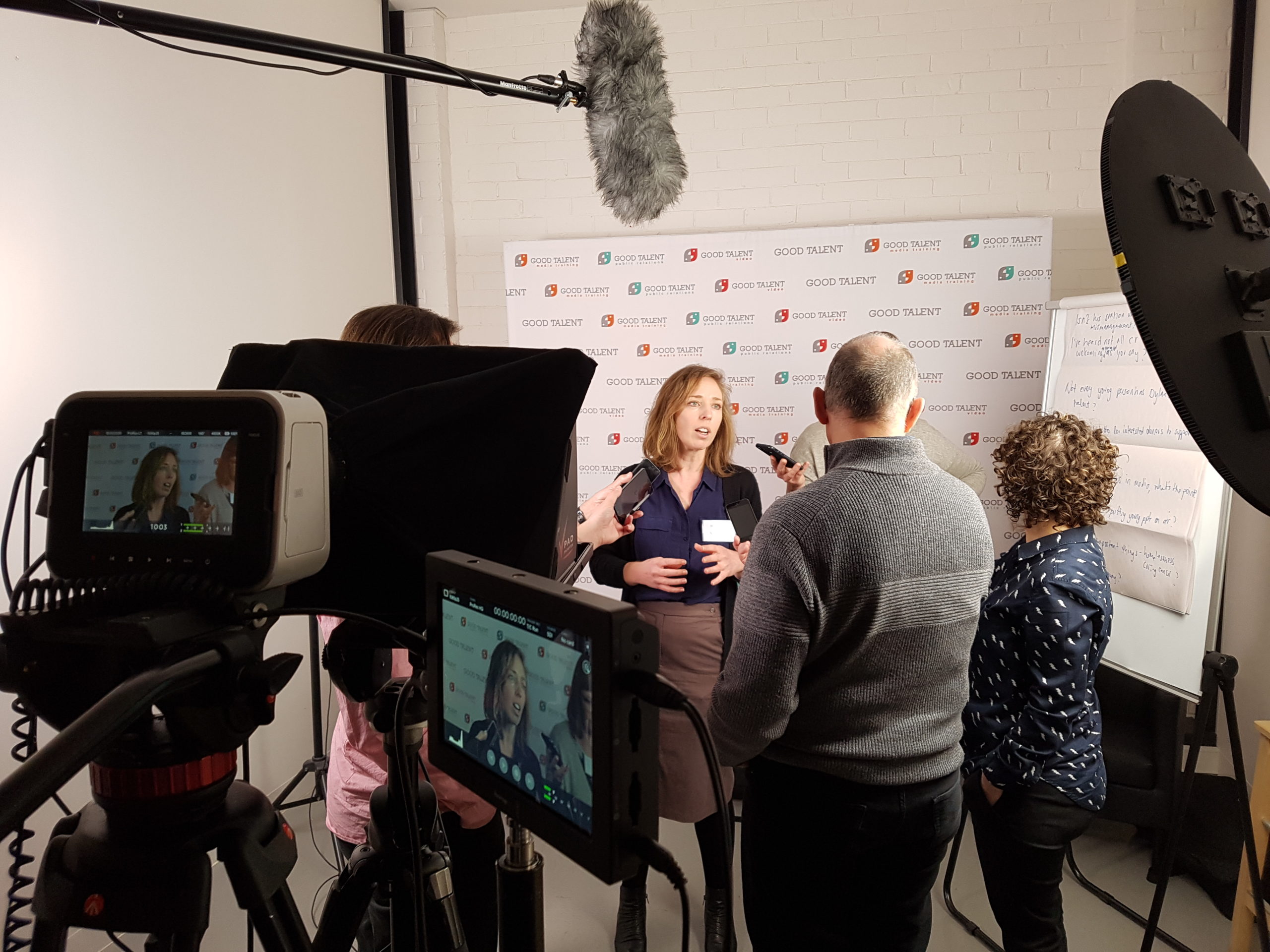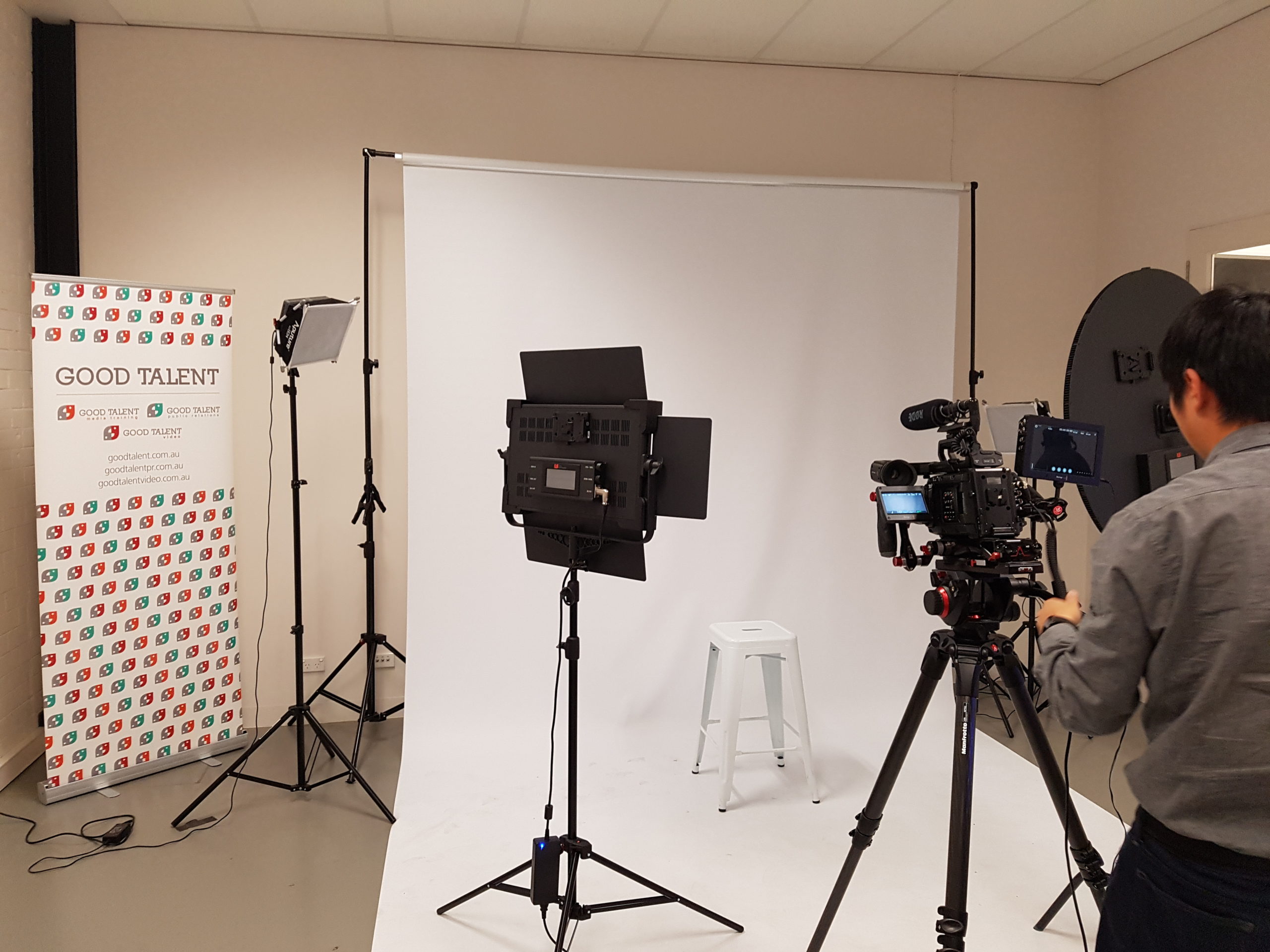That’s because they’re hard wired to be hijacked by our sensory inputs; a feature that has helped humans survive in the world of nature for several millennia. To survive, our consciousness needed to trust what it saw. Seeing, for human beings, is believing.
We might no longer live in a state of nature but we still make most of our decisions with sensory proof, and that extends into the world of work and commerce.
Is this person trustworthy? How do I know they can do that? Where is the proof?
The need for sensory validation of claims is one of the main reasons video content is so effective when conveying messages.
The other two reasons video is so effective is it’s easy to absorb and engages more of our brain, making the information imparted more likely to be retained.
Statistics underscore the value of video. Videos generate 74% of leads, 96% of information on video is retained compared to 10% for written, video can increase landing page conversion by 80%, embedded videos on a site increase web traffic by 55%.
The benefits of producing video content for social channels are enormous, but many people believe the cost is prohibitive. But the reality is that video content can be as cheap – and in some cases cheaper – to produce than a 700 word blog.
And with the welter of high-quality, high-definition cameras available (including on phones) and very affordable editing suites, you can easily produce a dozen snackable videos that you can shoot on half a day day and roll out over 12 months as part of your social media content plan.
Producing your 12 videos
We’re working on the basis here of producing 12 videos of roughly 30 seconds duration, also known as snackable content owing to its small and digestible size.
A 30 second video is cheap because it requires little editing, there are usually no cutaways, complicated colour corrections or audio adjustments. It’s one piece and easy to edit.
Content
People in marketing will usually posit ‘the buyer’s journey’ as the starting point when thinking about your content. According to this model, people are either at the ‘awareness, consideration, or conversion’ phase of buying a product or service and therefore content should be produced for each stage.
You may choose to follow that model although many people, including the Harvard Business School, are doubtful about its claims; whether people move smoothly from one phase to another in the way imagined.
What we suggest instead is simply to showcase your work, your skills, and your unique value proposition, to help build awareness of your organisation or brand and the skills and products you have to offer.
Here are some topics to consider for your videos:
· Your work · Case-studies · Calls-to-action
· Your product offerings · Industry insights · Joint projects
· Testimonials · Tips · Work with industry partners
· Work with peak bodies · Work with stakeholders · Staff profiles
· Future plans · Projects in train
Write ‘scripts’ for each video with one clear message or takeaway (60 words=@ 30 seconds of video). Don’t try and learn the script verbatim or you’ll end up with something akin to a hostage video. Use it as a memory jogger before each shot.
Shooting
Choose a site or studio to shoot at and come along with your key messages for each 30 second video.
You can either shoot yourself (you can buy a 4k camera, tripod, and lapel mic for around $3,000 and be able to use into the future), book a professional cameraperson for a half-day shoot (Good Talent Media has ex-TV cameramen on staff), or for a cheaper alternative use a high quality camera on a mobile phone (e.g. Google Pixel) and a lapel mic – just be sure you have enough memory on the phone.
Set up in front of the backdrop, adjust for light conditions, do a sound check and some dry runs and you’re ready to shoot! Take 3-4 clean takes of each video so you have plenty of options to choose from when editing.
At the end of the shoot transfer the video footage from the camera card to an external drive and you have footage ready to edit.
Editing
There are some very good and intuitive editing programs out there: Premiere Pro (Mac and PC) and Final Cut (Mac only) being the main two.
A novice can very quickly learn how to edit short videos by using Google or visiting sites like this and this.
A 30 second video with clean takes can be edited in half an hour.
Let’s break down the costs of making 12 videos:
· 3 hours of content planning,
· 3 hours for 12 x 60 word scripts,
· 2 hours for admin (booking site, equipment, talent)
· 12 hours for shoot – 4 hours x 3 people (cameraperson, talent, assistant)
· 8 hours for editing
In terms of labour power, you’re looking at around 30 hours for 12 pieces of content. That’s about on par with 12 written blogs.
That cost will increase if you use a professional cameraperson and want to add open captions and adjust the lighting and sound, but not by much. And when you consider the high trust and conversion rate of video as compared to the written word alone, it’s definitely worth considering.
Good Talent Media produces snackable video content for organisations wanting to build engagement on their social media platforms and within their industry or sector. Contact us to enquire.

Tony Nicholls
Founder and Director of Good Talent Media





Recent Comments